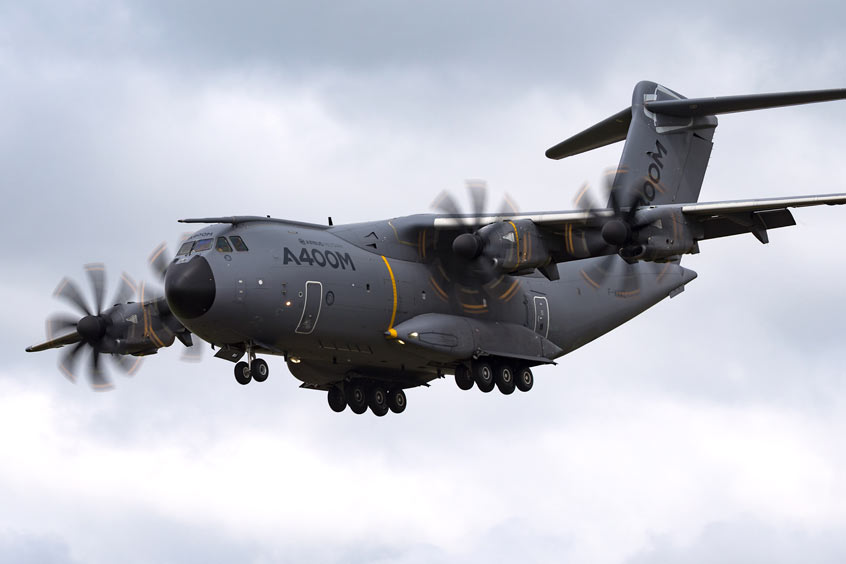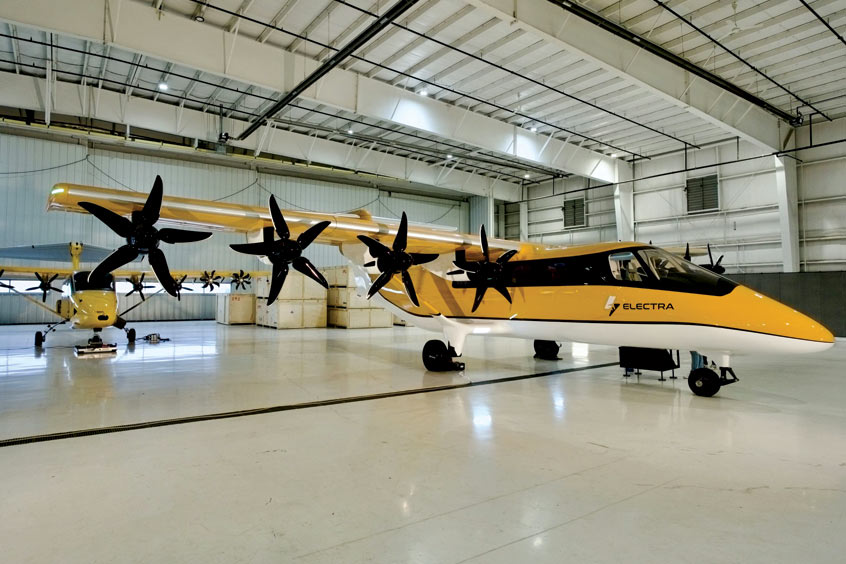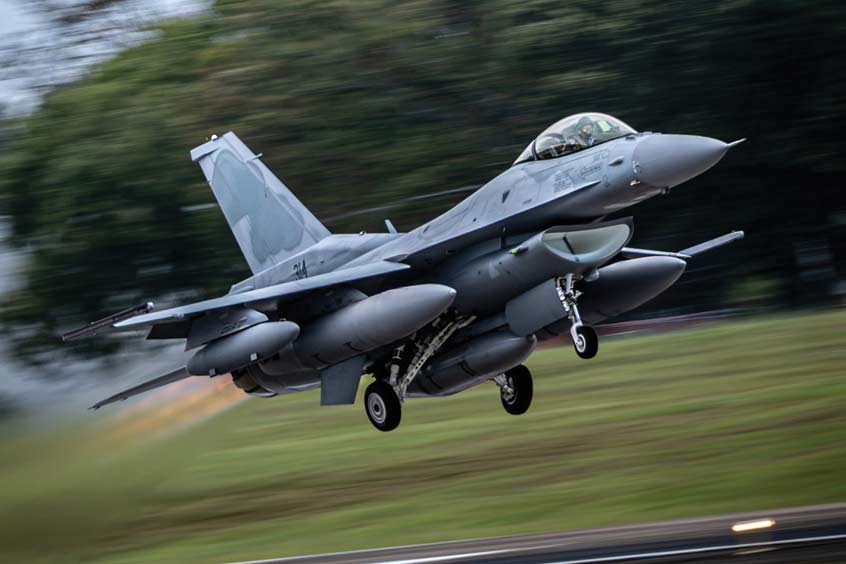PRESS RELEASE
Issued by: Collins Aerospace, Avionics Division
Rockwell Collins today unveiled its new MultiScan ThreatTrack™ weather radar, which provides unprecedented atmospheric threat assessment capabilities for air transport aircraft. The company will be showcasing the new system at next week's Singapore Airshow.
MultiScan ThreatTrack builds upon Rockwell Collins' market-leading MultiScan weather radar to deliver additional features and to further increase safety and efficiency. For example, the system's advanced capabilities go beyond hail and lightning prediction within a thunderstorm cell and alerts pilots to these significant threats adjacent to the cell. If these thunderstorms are growing ahead and below the aircraft, ThreatTrack's Predictive Overflight™ protection warns the flight crew if the cells will be in the aircraft's flight path.
In addition, MultiScan ThreatTrack is the first in the industry to feature two levels of turbulence detection—severe and ride-quality—which more accurately informs flight crews of the type of turbulence in their path.
American Airlines is debuting the new radar, which was developed with extensive meteorological research and rigorous flight testing around the world, on its new Next-Generation Boeing 737 fleet.
“Working with American and Boeing, we certified a more comprehensive radar system that improves flight operations efficiency by helping pilots better navigate disruptive weather threats,” said Steve Timm, vice president and general manager, Air Transport Systems for Rockwell Collins. “With MultiScan ThreatTrack, passenger satisfaction will increase with smoother flights and more on-time arrivals.”
“American Airlines is pleased to collaborate with Rockwell Collins on the successful certification and entry into service of MultiScan ThreatTrack,” said Capt. Brian Will, director of Airspace Modernization and Advanced Technologies at American Airlines. “The system's capabilities, including its advanced environmental threat detection logic, will help American continue to provide the safest and most efficient operation possible.”
In a research project sponsored by the NASA Weather Accident Prevention Project, data examined over the past two decades indicates that turbulence resulting in minor or major injury has cost airlines anywhere from $28,000 to $167,000 per incident. With an average of 750 turbulence encounters per year, the resulting cost to the industry can be $30 to $60 million per year. Lightning and hail damage to aircraft can increase the related costs exponentially.
MultiScan ThreatTrack weather radar is the first fully certified airborne weather radar with the following capabilities for new Next-Generation Boeing 737s:
• Patented Track-While-Scan Technology prioritizes weather threats out to 320 nm by performing dedicated horizontal and vertical scans on developed or fast-growing convective cells that pose an actual threat.
• Core Threat Assessment examines thunderstorm cells and increases the displayed colors to better represent the actual thunderstorm threat.
• Associated Threat Assessment infers lightning, hail and convective threat potential within and external to a thunderstorm core.
• Predictive OverFlight™ Protection tracks thunderstorm cells ahead and below the aircraft, measures growth rate, predicts bow-wave turbulence and indicates potential threats in aircraft's flight path.
• Two-level Enhanced Turbulence Detection detects severe and ride-quality turbulence up to 40 nm ahead of the aircraft.
• Predictive Windshear Detection with windshear event data recording and retrieval.
• Geographic Weather Correlation utilizes a database of geographic and seasonal weather variations that enhance MultiScan ThreatTrack's algorithms to provide accurate worldwide hazard information.
MultiScan ThreatTrack is expected to be certified for Boeing 777 aircraft next month.
| Contact details from our directory: | |
| Collins Aerospace, Avionics Division | Head-Up Displays, Radio Communications Equipment, Moving Maps, Enhanced Vision Systems (EVS), LCD Displays, Engine Indicator Instruments, Cabin Management Systems, Automatic Flight Control Systems, Inflight Entertainment, Automatic Direction Finders, Cabin Address Systems, Autopilots, Radar/Radio Altimeters, Distance Measuring Equipment, VOR (Omnirange) Receivers, Avionics Management Systems, Air-to-Ground Data Links, Multi-Mode Receivers (MMR), Engine Control Quadrants, Control Panels, Aircraft & Helicopter Controllers, Collision Avoidance Systems/TCAS, Helmet-Mounted Displays (HMD), Weather Mapping Radar, Inertial Components & Systems, Attitude and Heading Reference Systems, Navigation Antennas, Transceivers, Flight Recorders, Cockpit Printers, Flight Directors, Flight Management Systems, Electronic Flight Instrument Systems, Air Data Computers, Onboard Computers, UAV Control Software, GPS, Simulation Systems, Surveillance/Air Defense Radar, Engine Controls, Terrain Awareness and Warning Systems, Horizontal Situation Indicator, Instrument Landing Systems, Command, Control & Intelligence Systems, Airborne Communication Systems, Cockpit Video Displays, Onboard Intercom Systems |
| Related aircraft programs: |
| Boeing 777 |
| Boeing 737 |
| Related directory sectors: |
| Warning Systems |
| Navigation Aids (Airborne) |
| Indicators and Instruments |
| Imaging and Visual Systems |
Weekly news by email:
See the latest Bulletin, and sign up free‑of‑charge for future editions.

Saab advances digital manufacturing with autonomous fuselage

Airbus deploys Stratasys printed parts for A320, A350 and A400M

Electra kicks off Part 23 application for hybrid-electric EL9
